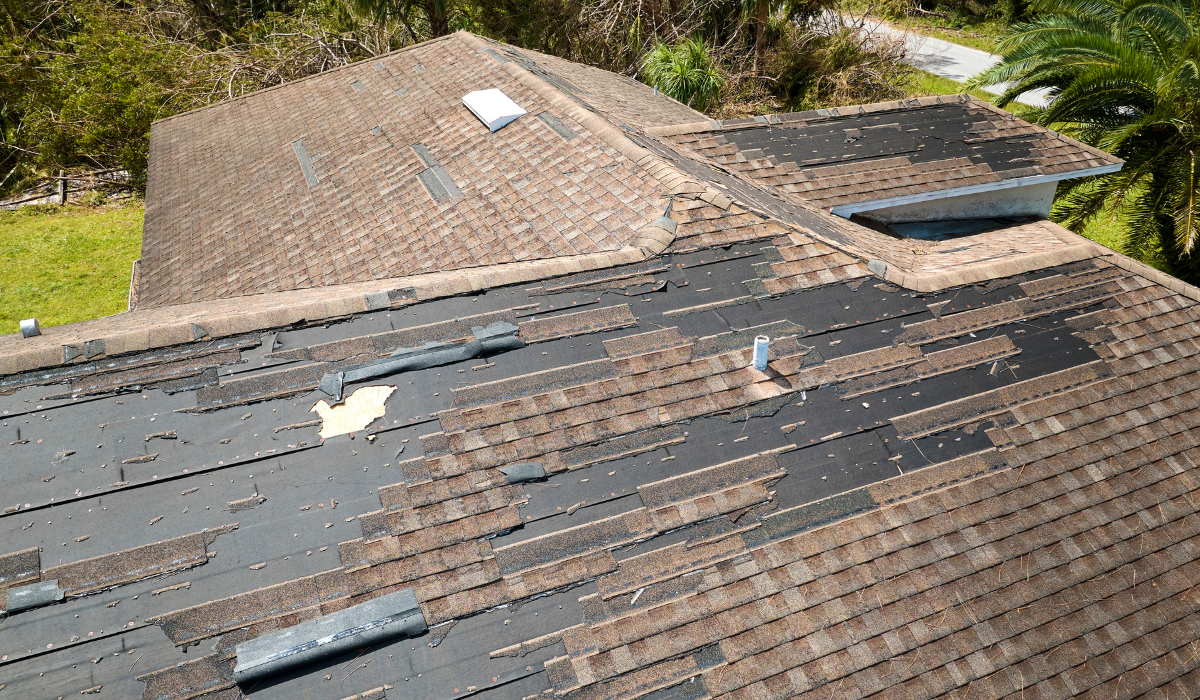Real estate investment is a lucrative venture, offering substantial returns and long-term financial growth. However, managing the tax implications associated with property investments can be challenging. One powerful tool available to real estate investors in Tampa is the partial disposition election. This tax strategy allows property owners to write off the remaining undepreciated value of a disposed asset component, such as a roof or HVAC system, in the year it's replaced. By leveraging this election, investors can achieve immediate tax savings and improve cash flow. This blog explores the benefits and practical applications of the partial disposition election.
What is the Partial Disposition Election?
The partial disposition election is a provision in the U.S. tax code that permits real estate investors to recognize a loss on a portion of an asset when replaced. This applies to property components such as roofs, windows, plumbing systems, or HVAC units. Without this election, property owners would normally continue to depreciate the old asset and the new replacement, leading to inefficient tax outcomes. The partial disposition election allows investors to write off the remaining undepreciated value of the disposed asset, providing an immediate tax deduction.
Immediate Tax Savings
One of the most compelling advantages of the partial disposition election is its immediate tax savings. When a significant building component is replaced, the election enables investors to deduct the remaining undepreciated value of the old component in the replacement year. This immediate deduction can significantly lower taxable income for that year, reducing the overall tax burden. For instance, if an investor replaces a roof with an original value of $20,000 and a remaining undepreciated value of $10,000, electing partial disposition allows for a $10,000 deduction, directly impacting the investor’s bottom line.
Avoiding Double Depreciation
Without the partial disposition election, real estate investors face the challenge of double depreciation—continuing to depreciate the old component while simultaneously depreciating the new replacement. This situation not only complicates accounting but also leads to inefficient tax treatment. By electing partial disposition, investors remove the old component from their depreciation schedule, ensuring that only the new asset is depreciated moving forward. This prevents the duplication of deductions and aligns tax deductions with actual property usage and value.
Enhanced Cash Flow
The financial benefits of the partial disposition election extend beyond immediate tax savings. By reducing taxable income by deducting the disposed asset's undepreciated value, investors can lower their tax payments, thereby enhancing cash flow. Improved cash flow is crucial for real estate investors, as it provides additional funds for reinvestment into new properties, renovations, or other investment opportunities. This increased liquidity allows investors to expand their portfolios and improve their properties, driving long-term growth and profitability.
Simplified Record-Keeping
Maintaining accurate and detailed depreciation schedules can be burdensome, particularly for investors managing multiple properties with various components. The partial disposition election simplifies this process by removing the old component from the books when replaced. This streamlined approach reduces the complexity of record-keeping and ensures that depreciation schedules reflect the current state of the property. Simplified accounting practices save time and reduce the risk of errors, ensuring compliance with tax regulations.
Strategic Tax Planning
Real estate investors can leverage the partial disposition election for strategic tax planning. Investors can offset higher taxable income with substantial deductions by timing significant replacements in profitable years. This proactive approach to tax planning allows investors to manage their tax liabilities effectively, ensuring that tax savings are maximized when needed. Strategic planning also involves coordinating with tax professionals to identify the best opportunities for implementing partial disposition elections aligning replacements with overall investment goals.
A Practical Example
Consider a real estate investor in Tampa Bay who owns a rental property with an aging roof. The roof, originally valued at $25,000, has $12,000 of undepreciated value remaining. If the investor decides to replace the roof, they can elect partial disposition to write off the $12,000 undepreciated value as a loss in the replacement year. This deduction reduces the investor’s taxable income by $12,000, providing significant tax savings. The investor can then depreciate the new roof, aligning tax deductions with the property’s current value and usage.
Considerations for Implementing Partial Disposition Election
While the benefits of the partial disposition election are clear, implementing it requires careful consideration and proper documentation. Here are key factors to keep in mind:
Qualified Improvements: Not all property replacements qualify for partial disposition. The IRS specifies which types of improvements are eligible. Investors should ensure that their replacements meet these criteria.
Accurate Records: Maintaining detailed records of the disposed asset’s original cost, depreciation taken, and remaining undepreciated value is crucial. Proper documentation is necessary to substantiate the partial disposition election.
Professional Guidance: Due to the complexity of tax laws and the specifics of the partial disposition election, consulting with a tax professional is highly advisable. Tax professionals can provide expert advice, ensuring compliance and maximizing the benefits of the election.
The partial disposition election is a valuable tool for real estate investors in Tampa, offering immediate tax savings, enhanced cash flow, simplified accounting, and strategic tax planning opportunities. By understanding and utilizing this election, investors can optimize their tax strategies, improve their financial position, and drive long-term investment success. At Vintage Real Estate Services, we are committed to helping investors navigate the complexities of real estate investing. Our comprehensive property management services and expert guidance ensure you maximize your investment opportunities in Tampa Bay’s dynamic market. Contact us today to learn more about how we can support your real estate investment journey.


